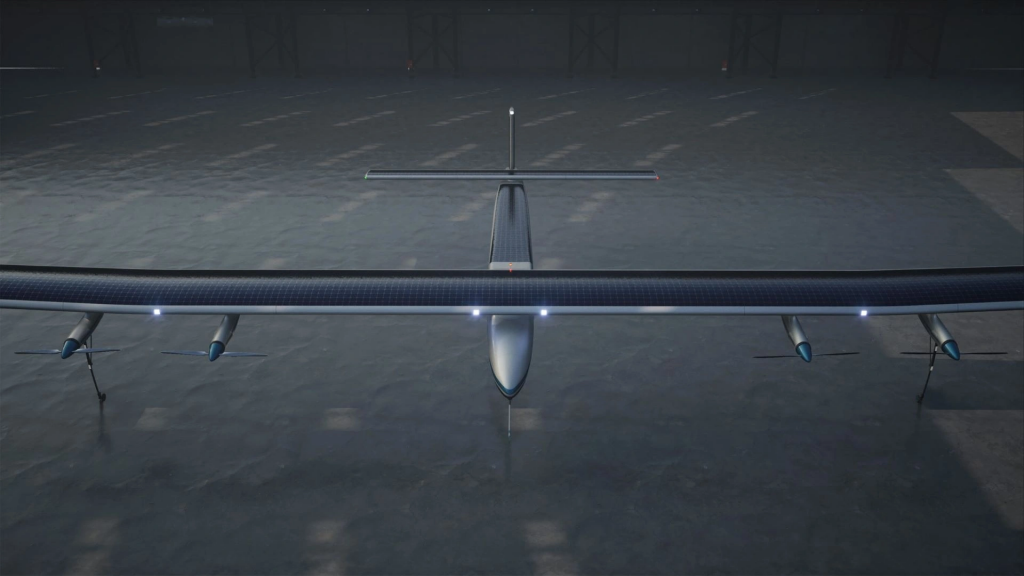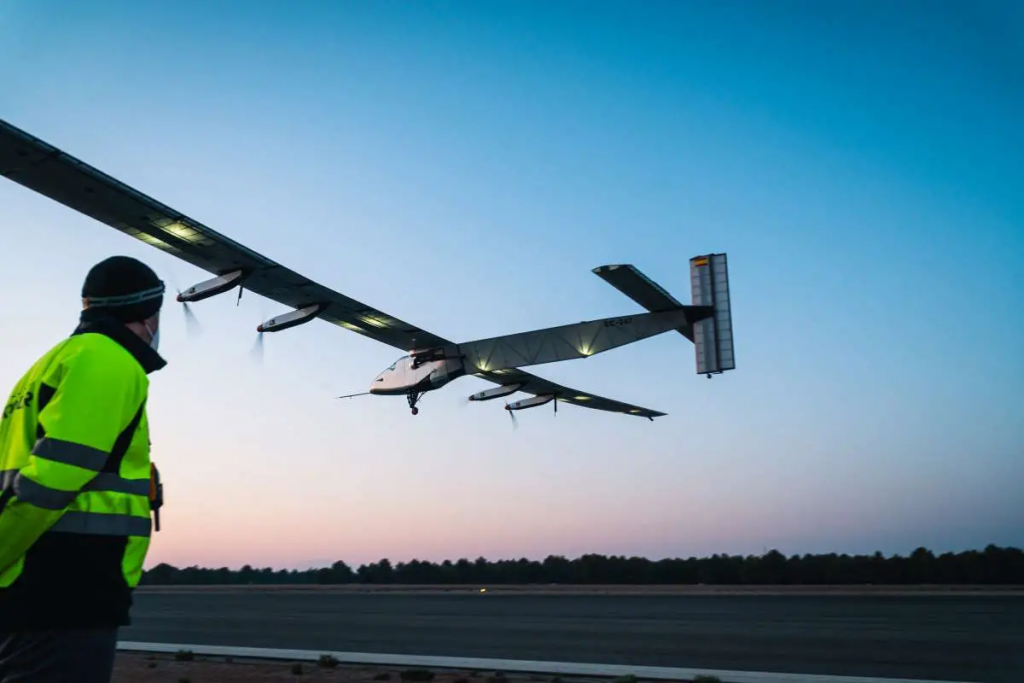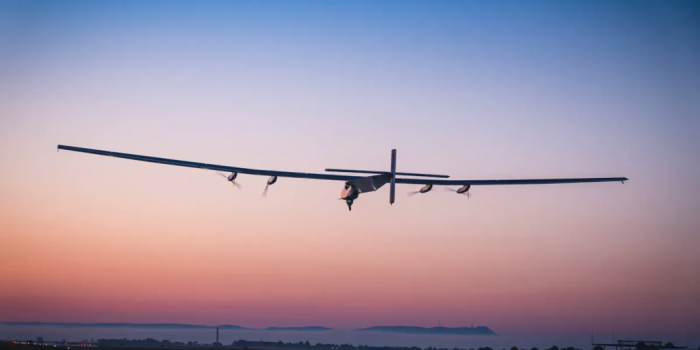Skydweller Aero, a company that reimagined the world’s first solar-powered, fixed-wing airplane to fly worldwide, has successfully conducted a fully autonomous flight using a self-piloting solar plane. The flight, which took off, flew, and landed without human input, is a remarkable milestone in the world of autonomous technology.
The plane stores energy both through its batteries and by changing its altitude, and because it has access to free, abundant solar energy, it can stay in flight for months at a time. The company also implements weather models to predict environmental conditions and avoid weather that could be problematic. The technology has the potential to reduce air pollution from military and commercial aviation, as traditional airplanes burn dirty energy that releases planet-heating air pollution and causes warming.

Skydweller Aero is now working with the United States Navy to solidify long-endurance autonomous solar flight. It is being offered as a concept for military intelligence applications as well as for commercial purposes.
With its clean energy usage and ability to maintain its position in the air for extended periods of time, the Skydweller Aero could help to make aviation more sustainable and reduce our impact on the planet.

As Skydweller Aero successfully completes a fully autonomous flight, the technology behind self-piloting solar planes marks a new step forward in autonomous technology.
“In the initial validation flight tests, the system flew the aircraft autonomously from takeoff to landing without pilot input, although there was a safety pilot on board,” the company said.

The use of solar energy means the aircraft can remain airborne for months at a time, and the company uses weather models to predict environmental conditions to avoid hazardous weather. The technology has the potential to revolutionize air travel with its clean energy usage and ability to remain airborne for extended periods. It could help reduce air pollution from traditional aviation and help to make the industry more sustainable.
With the United States Navy backing the technology, we could see more commercial and military applications in the near future.


